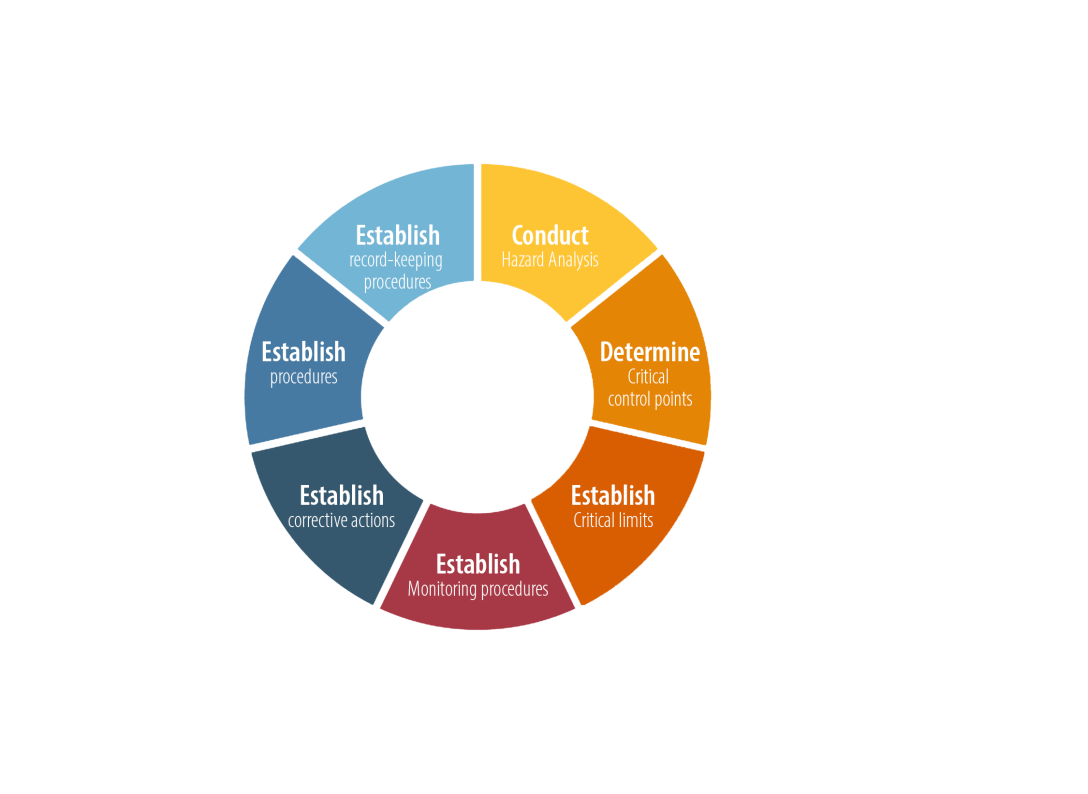Take control of all risk steps in your food production – from reception of raw materials to the final products reaching the consumer.
The seven principles behind HACCP (Hazard Analysis and Critical Control Points) are internationally recognized as a tool for risk analysis and critical control points for food safety. The HACCP analysis itself is a complete review of all processes in food production.
How easily the HACCP principles can be managed
With IPW HACCP, you get help identifying the critical control points, setting critical limits, establishing procedures for monitoring and verification – and not least: Determining the remedial measures used when critical limits are not met.
It sounds complicated, but it really is not. Focus is on simplicity and easy publishing of performed risk analyses and the associated HACCP plan, so all employees have easy access to already identified risks.
Key features:
- All risk analyses in one database with easy cross-searching
- Controlled creation/editing – audit trail and assurance of correct completion
- Linking to flowchart and registration procedures provides easy access to document references
- Auto-generated report views with a visual overview for users – and you save time on document setup
- Clear and realistic overview of everything that can go wrong in food production
- Simple handling of risk assessment, critical control points, critical limits, monitoring procedures, corrective actions, and documentation
- Easy access for all employees to already identified risks
